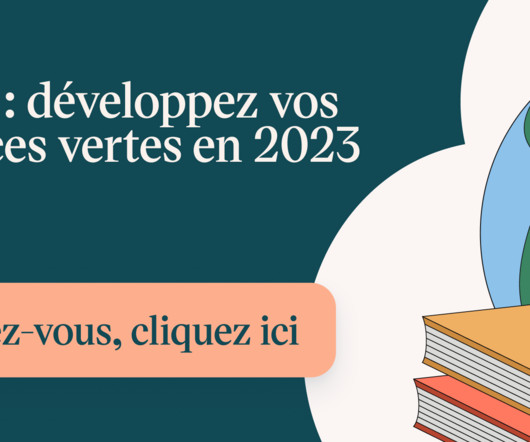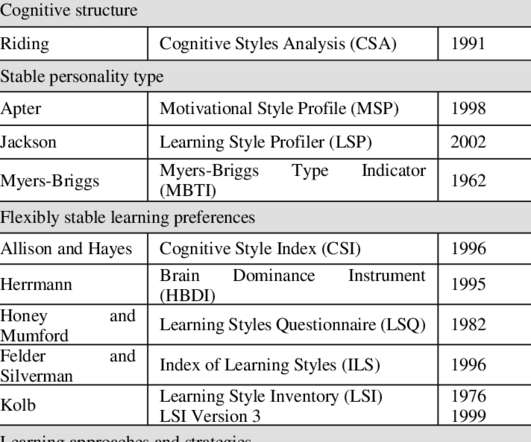Manage Cognitive Load in Digital Learning
B Online Learning
SEPTEMBER 7, 2017
Research into our cognitive architecture has lead to the development of Cognitive Load Theory (CLT) and related guidelines which, when applied, results in more efficient learning. al, 2006, p.342). It’s universal so applies to all types of content, delivery methods and people. Other points to note about CLT: 1.













































Let's personalize your content